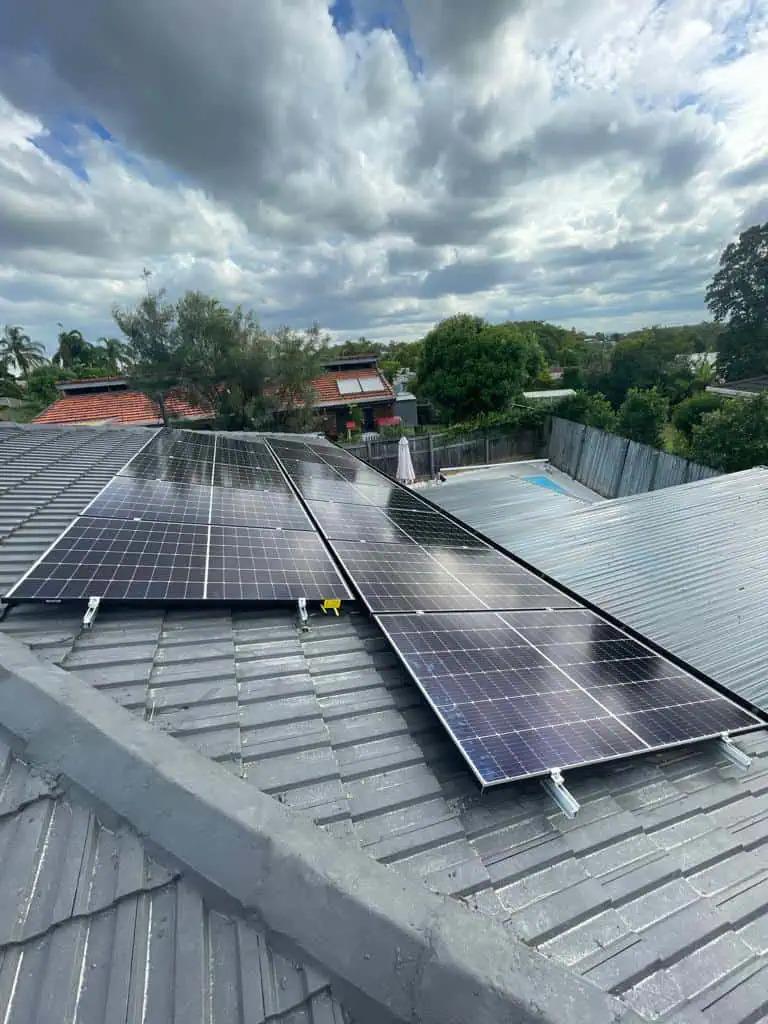From Sunlight to Savings: How Residential Solar Works

Solar power is rapidly becoming a preferred energy solution for homeowners seeking to reduce electricity bills and embrace a more sustainable lifestyle. But how exactly does a residential solar system turn sunlight into real financial savings? Understanding the basics of how solar works helps homeowners make informed decisions and maximise the value of their investment.
Here’s a step-by-step look at how residential solar power systems operate—from capturing sunlight to delivering savings.
Step 1: Solar Panels Capture Sunlight
The process begins with photovoltaic (PV) panels, typically installed on your rooftop. These panels are made of semiconductor materials, most commonly silicon, which absorb sunlight and generate direct current (DC) electricity through the photovoltaic effect.
The orientation and tilt of the panels, as well as the amount of daily sunlight, play a key role in determining how much energy the system can produce.
Step 2: Conversion Through the Inverter
While solar panels generate DC electricity, your home appliances use alternating current (AC). That’s where the inverter comes in. This essential component converts DC electricity into AC electricity, making it compatible with your household power supply.
Modern inverters also offer monitoring capabilities, allowing you to track your system’s performance and energy production in real time.
Step 3: Powering Your Home
Once converted, the solar-generated electricity flows into your home’s electrical system. It powers everything from lighting and air conditioning to kitchen appliances and entertainment systems. During daylight hours, solar power can offset most, if not all, of your energy needs, reducing or even eliminating your reliance on the grid.
Step 4: Handling Excess Energy
If your system produces more electricity than your household consumes, the surplus energy is sent back to the electricity grid. In many parts of Australia, you can receive credits through a feed-in tariff program, which further reduces your energy bill.
Alternatively, if your system includes a battery, the excess energy can be stored for later use—such as during the night or during blackouts.
Step 5: Measuring Savings Over Time
The financial benefits of solar become evident quickly. With reduced reliance on grid electricity, homeowners typically see a sharp drop in their power bills. Most residential systems have a payback period of around 5 to 7 years, after which the electricity generated is essentially free.
Government incentives, such as Small-scale Technology Certificates (STCs) and state-based rebates, can lower the upfront cost and accelerate your return on investment.
Maximising Your Solar Savings
To ensure you get the most from your system:
- Choose the right system size based on your household’s energy usage
- Install panels in optimal locations with minimal shade
- Regularly monitor performance and clean panels if needed
- Consider adding a battery for greater energy independence
Conclusion:
Residential solar power systems turn a free and abundant resource—sunlight—into reliable, affordable electricity for your home. With the right setup, you can enjoy significant savings, increased energy independence, and the satisfaction of contributing to a more sustainable future. From sunlight to savings, the journey is both simple and impactful.
Discover affordable energy solutions—explore solar panel installation cost Australia and start saving today.
Plan your solar journey wisely with transparent solar panel installation cost Australia for maximum ROI.

